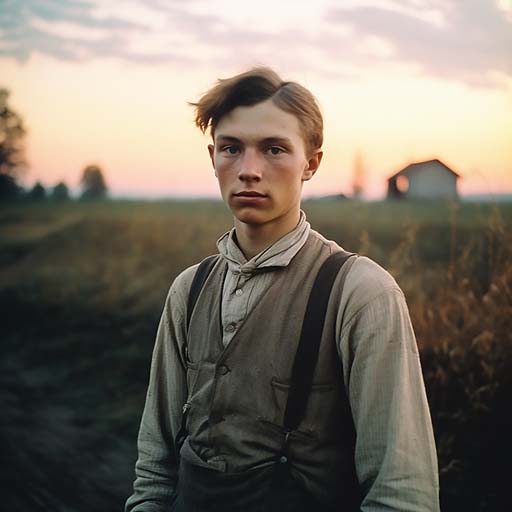
Kliment Redko
/1897–1956/
Kliment Redko, also known as Clement Radish, was a painter of Ukrainian-Russian descent. He is recognized for his contributions to Constructivism, Projectionism, and Suprematism, as well as his work as a graphic artist.
Redko was born in Kholm, which was part of the Russian Empire at the time and is now located in Chełm, Poland. His artistic journey began in 1910 when he enrolled at the Icon Painting School of the Kyiv Pechersk Lavra, where he studied until 1914. He continued his art education at the Kyiv Art Academy from 1918 to 1919.
In 1919, Redko had the opportunity to study in the studio of Aleksandra Ekster, a prominent artist of the time. Alongside fellow students Solomon Nikritin and Nina Genke-Meller, Red'ko participated in decorating the streets of Kyiv and Odesa in an abstract style, in celebration of the Revolution festivities.
Furthering his artistic development, Redko pursued painting at the Moscow Higher Artistic-Technical Workshops (VKhUTEMAS) from 1920 to 1922. It was during this period that he studied under the guidance of Wassily Kandinsky, a renowned artist and influential figure in the art world.
In 1922, Kliment Redko exhibited his works at the Museum of Painterly Culture in Moscow, alongside artists such as Kazimir Malevich, Nikritin, and Alexander Tyshler. It was also during this time that Red'ko wrote the Manifesto of Electroorganism, an expression of his artistic philosophy.
In 1926, the artist held a solo exhibition in Moscow, showcasing his unique artistic vision. His talent and innovative ideas garnered international recognition, leading to solo exhibitions in Paris from 1928 to 1930. In 1933, Red'ko had a personal exhibition in Moscow, further solidifying his place in the artistic community.
During World War II, in 1941, Redko contributed to the design of posters for the news agency TASS, utilizing his artistic skills in service of the war effort. Kliment Redko's artistic journey came to an end with his passing in Moscow in 1956. However, his contributions to the world of art, his scientific approach, and his distinctive style continue to be celebrated and appreciated.